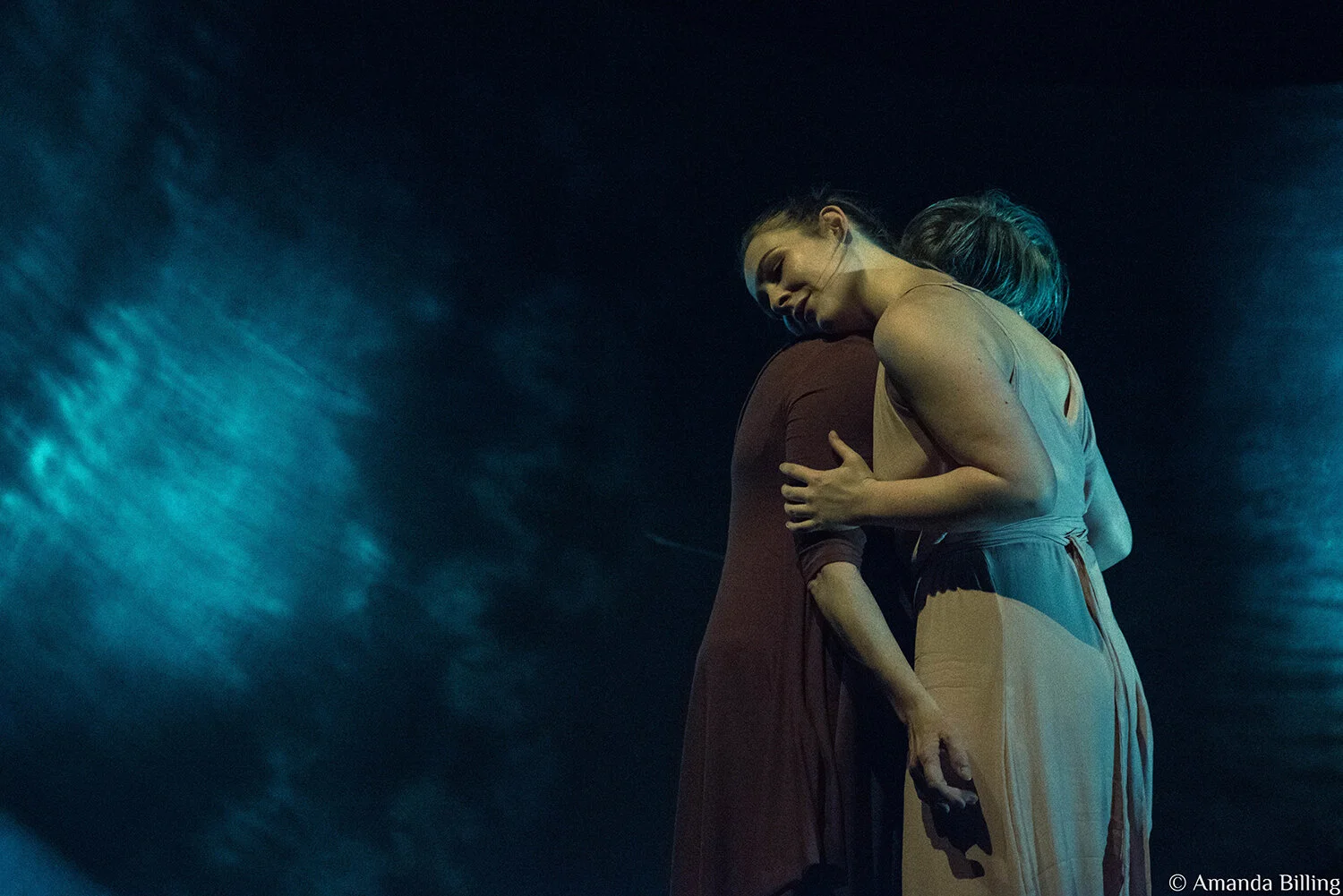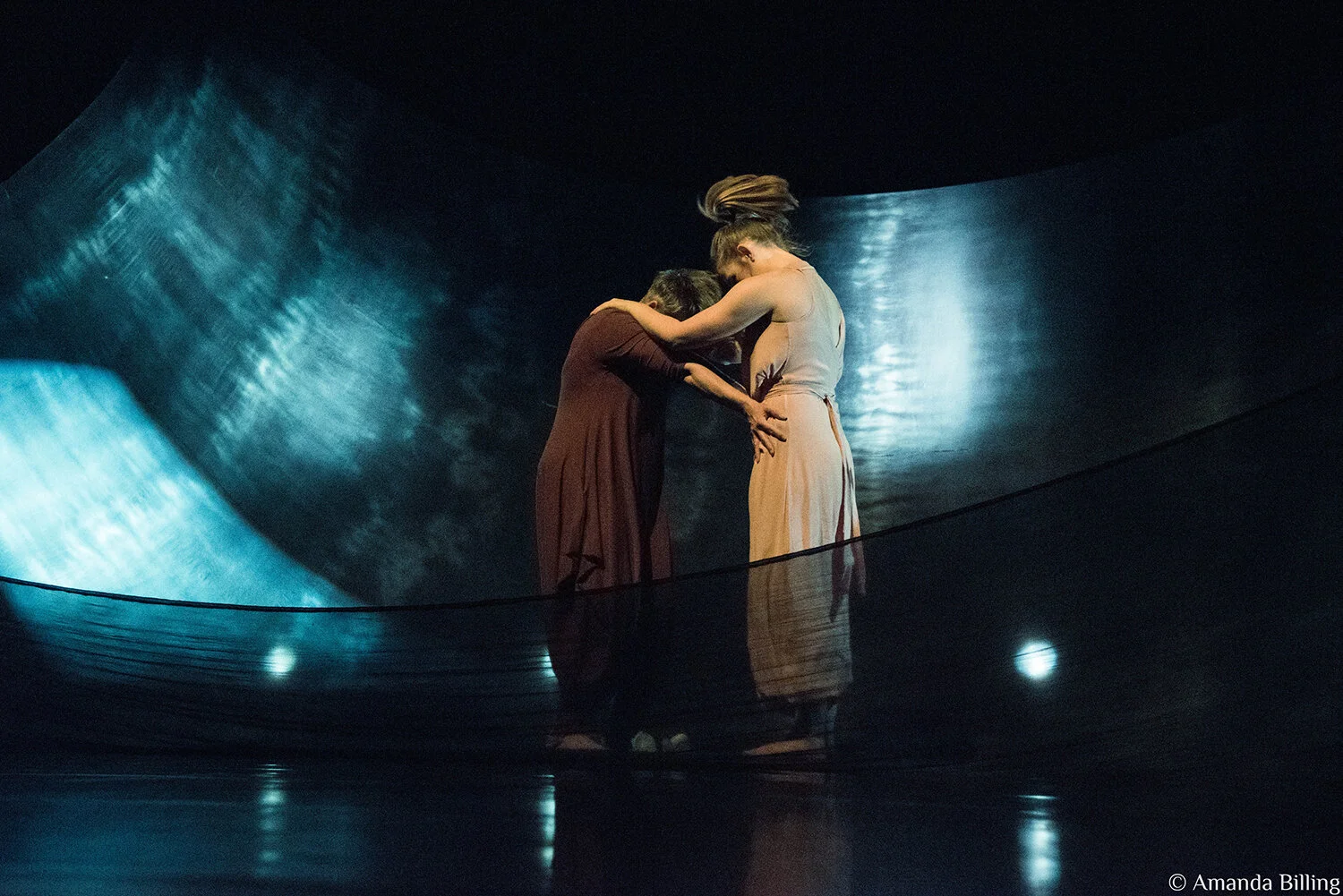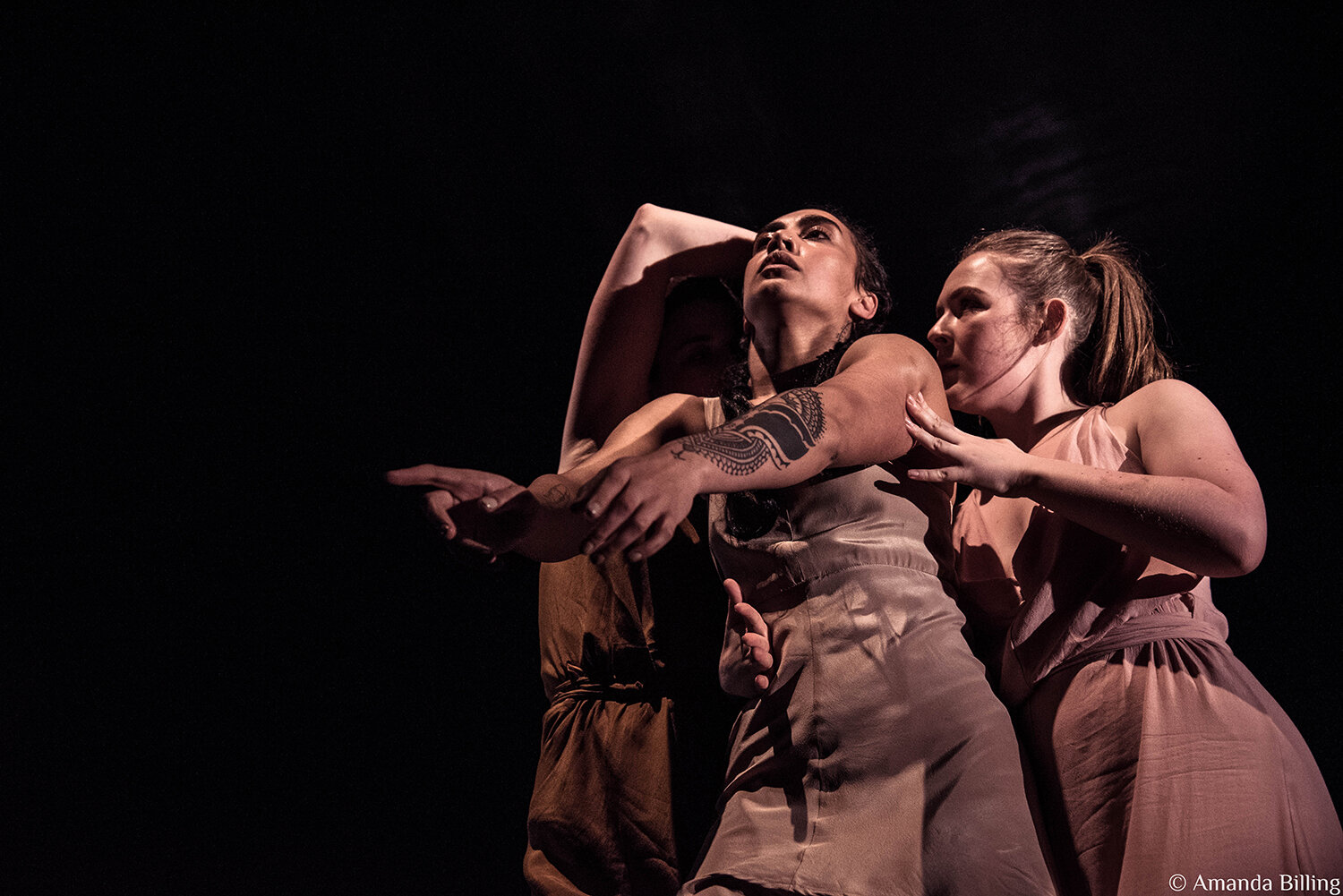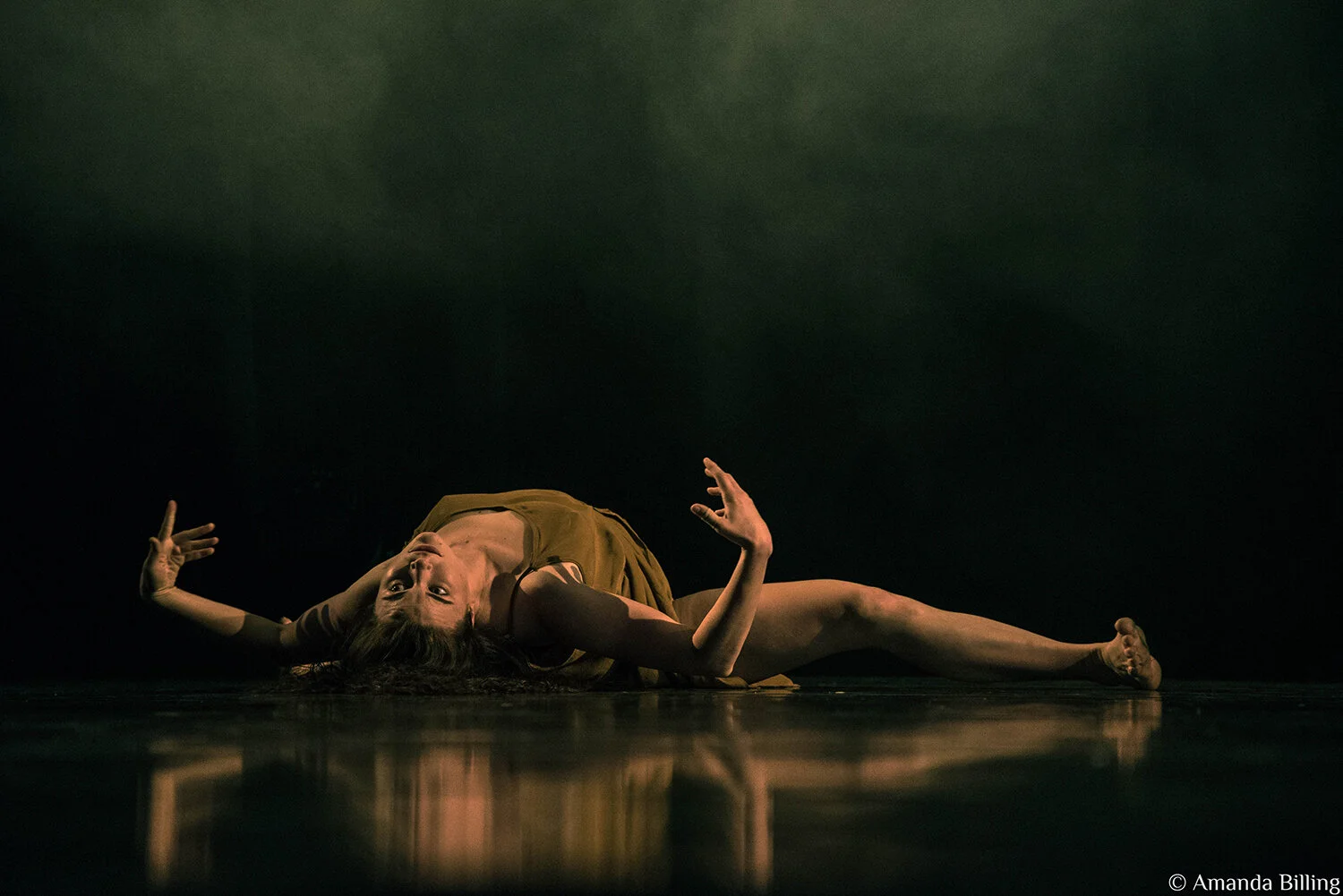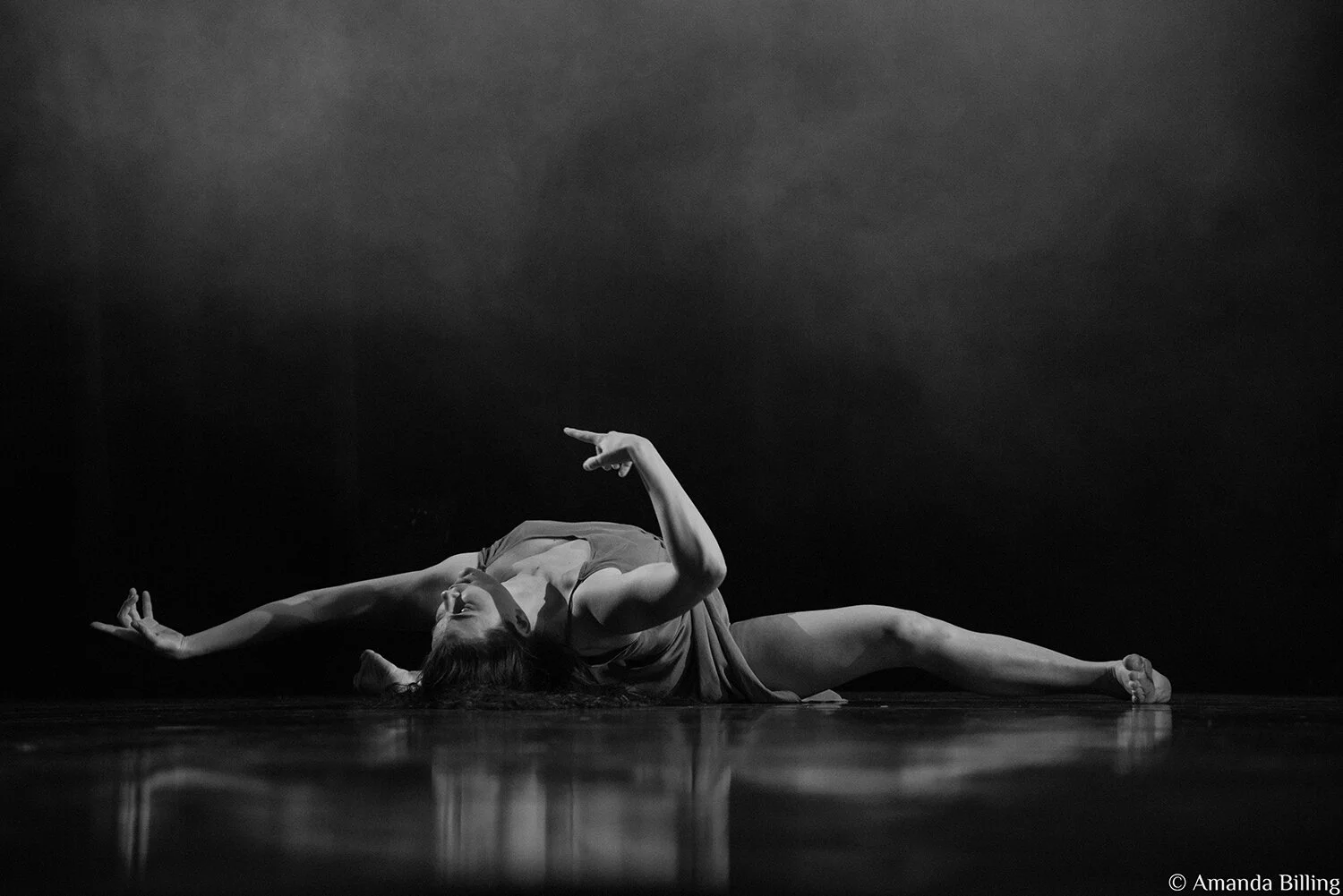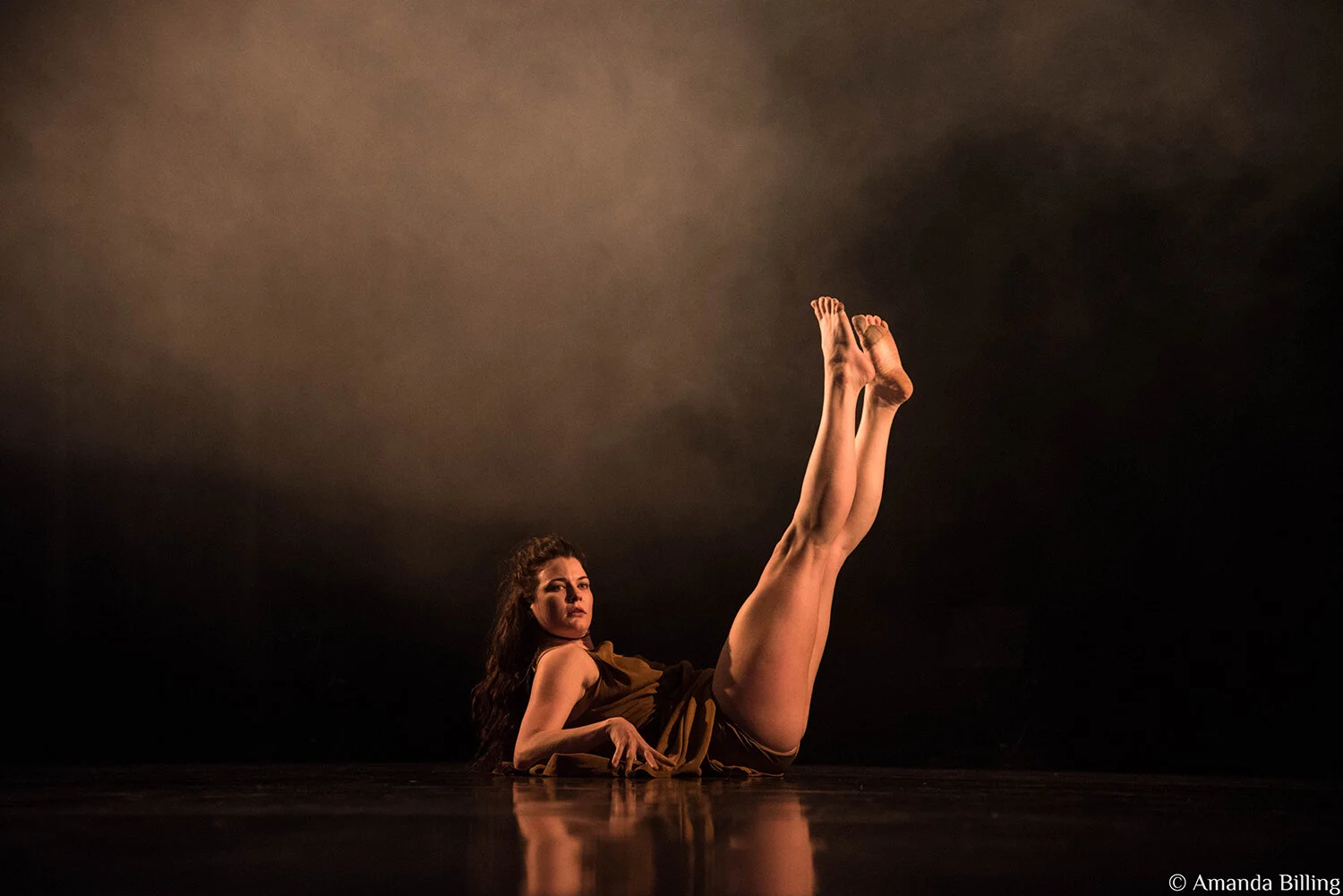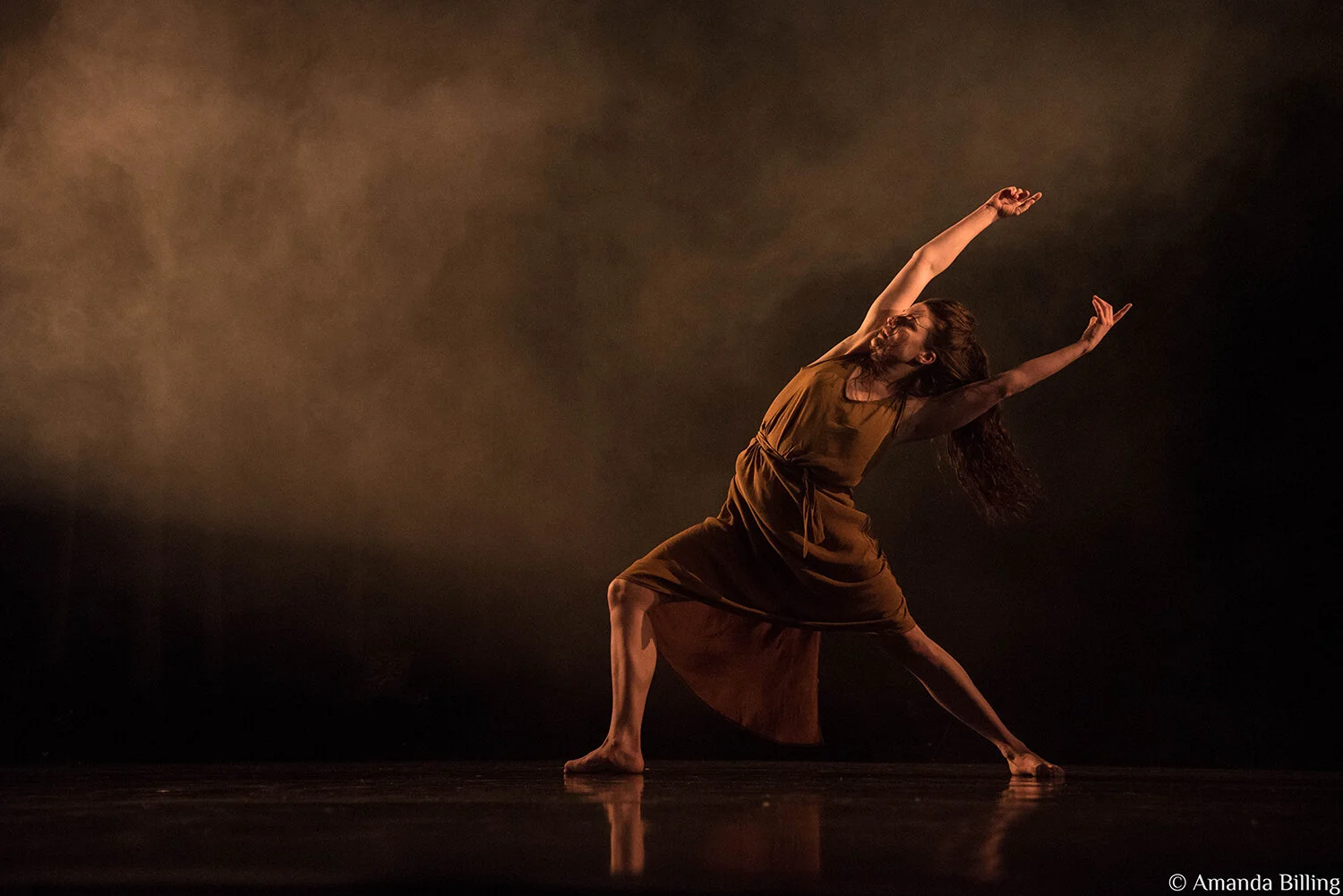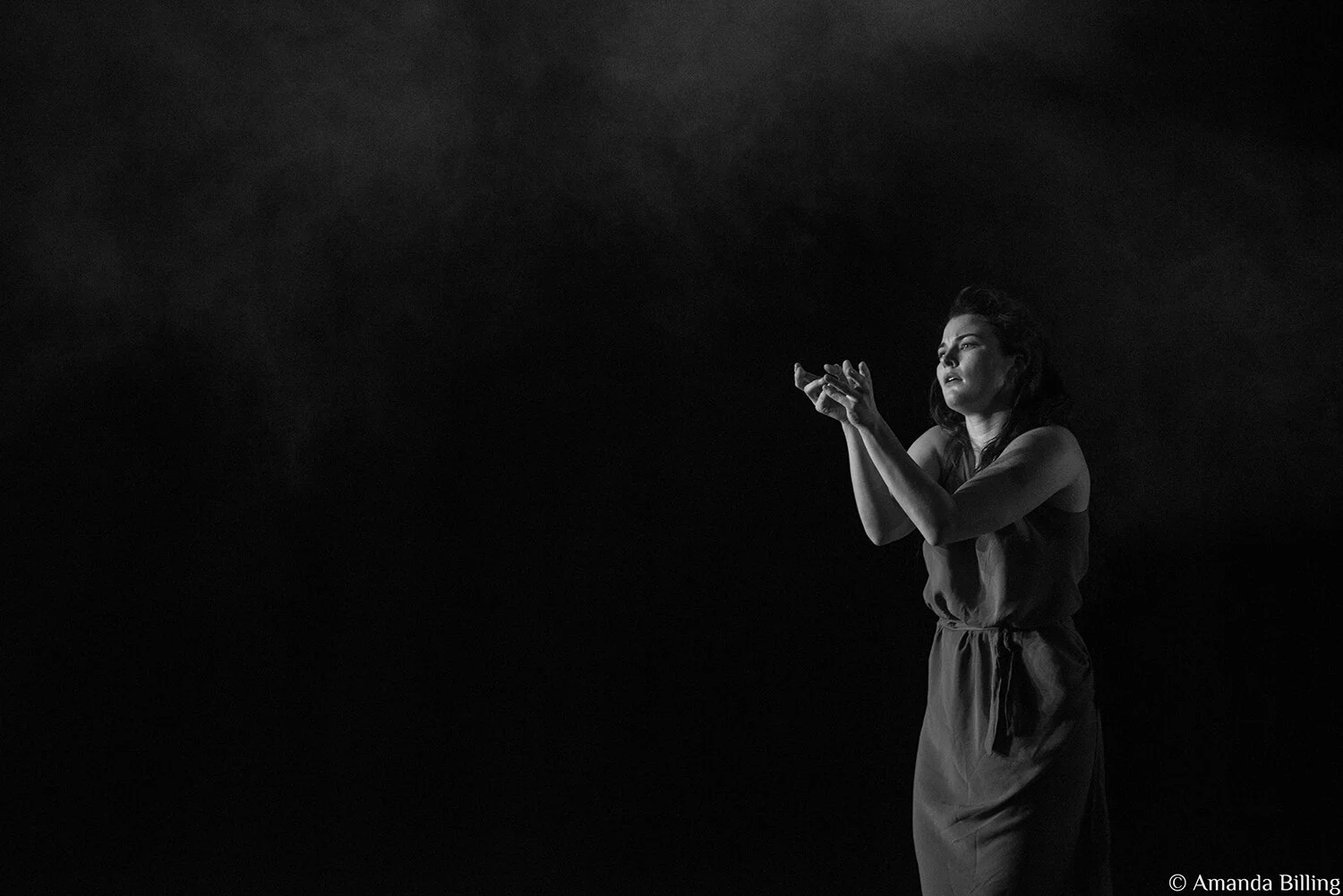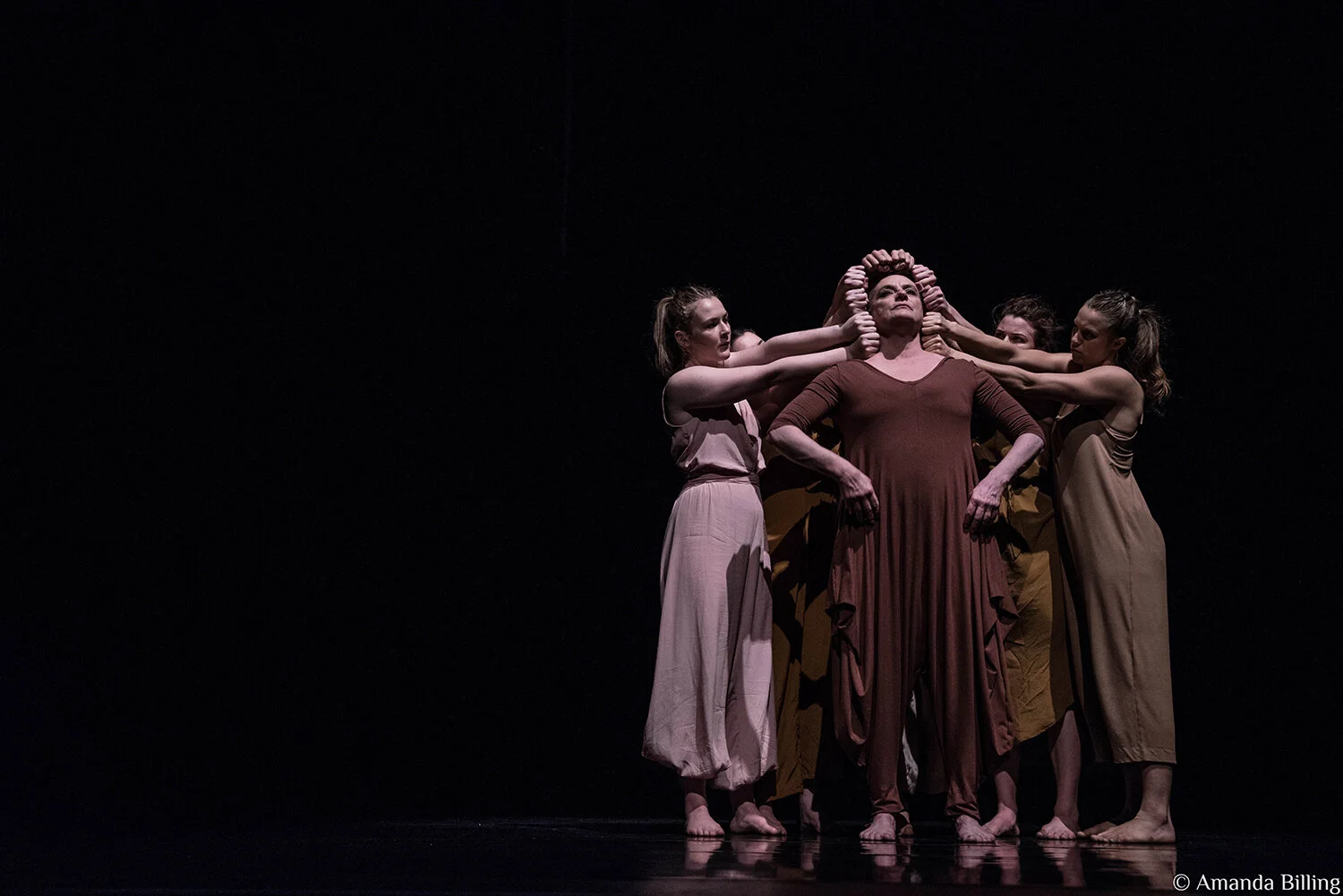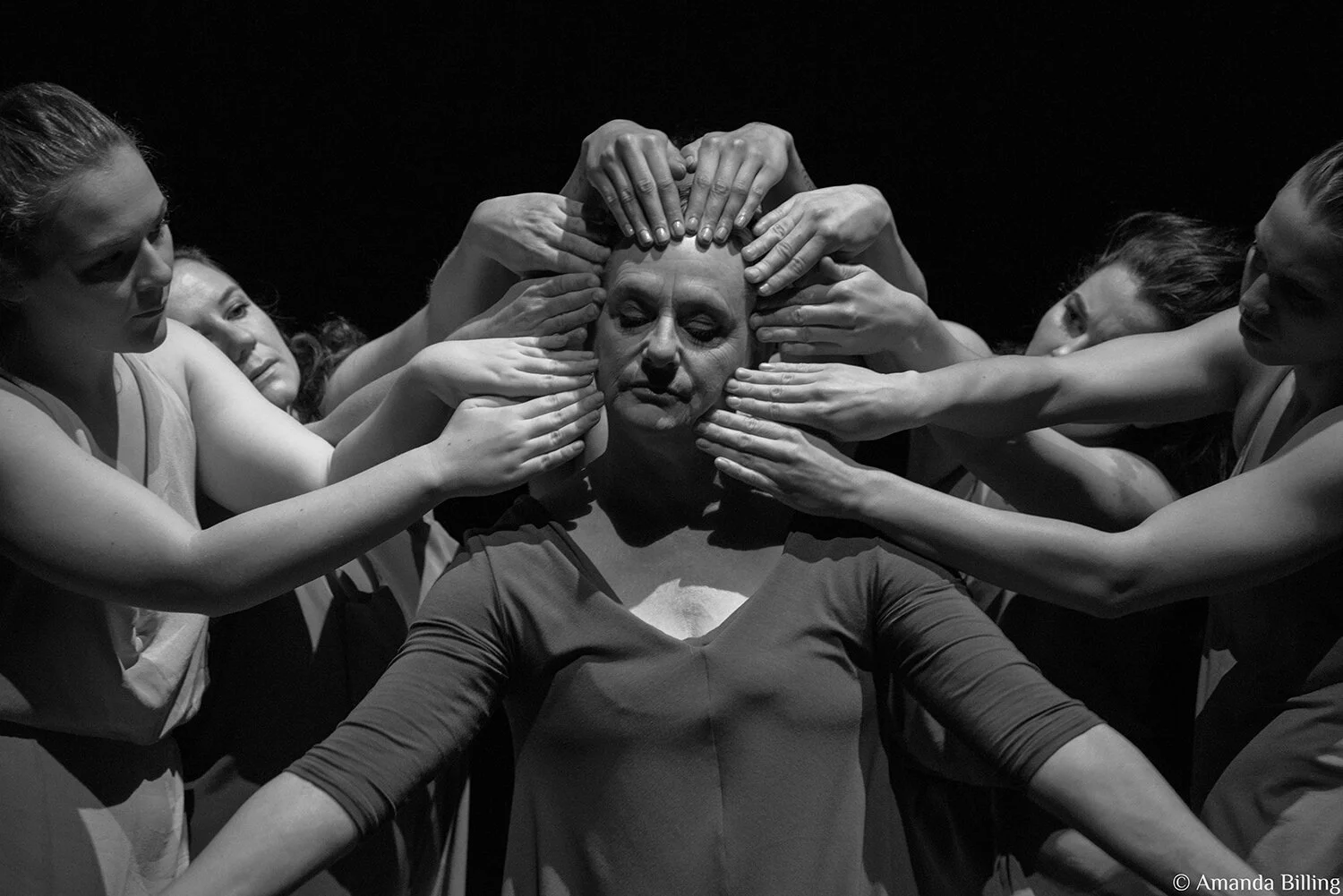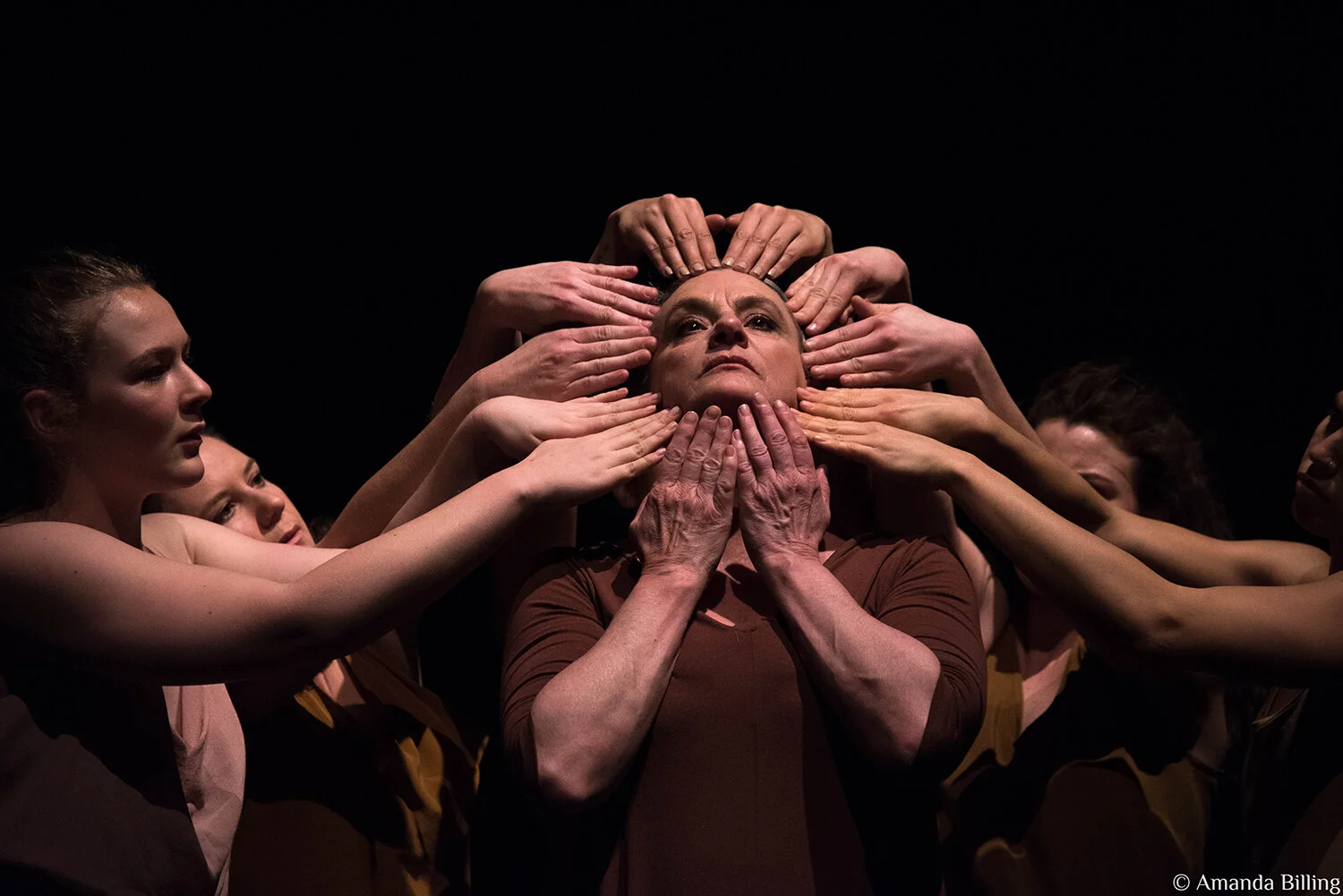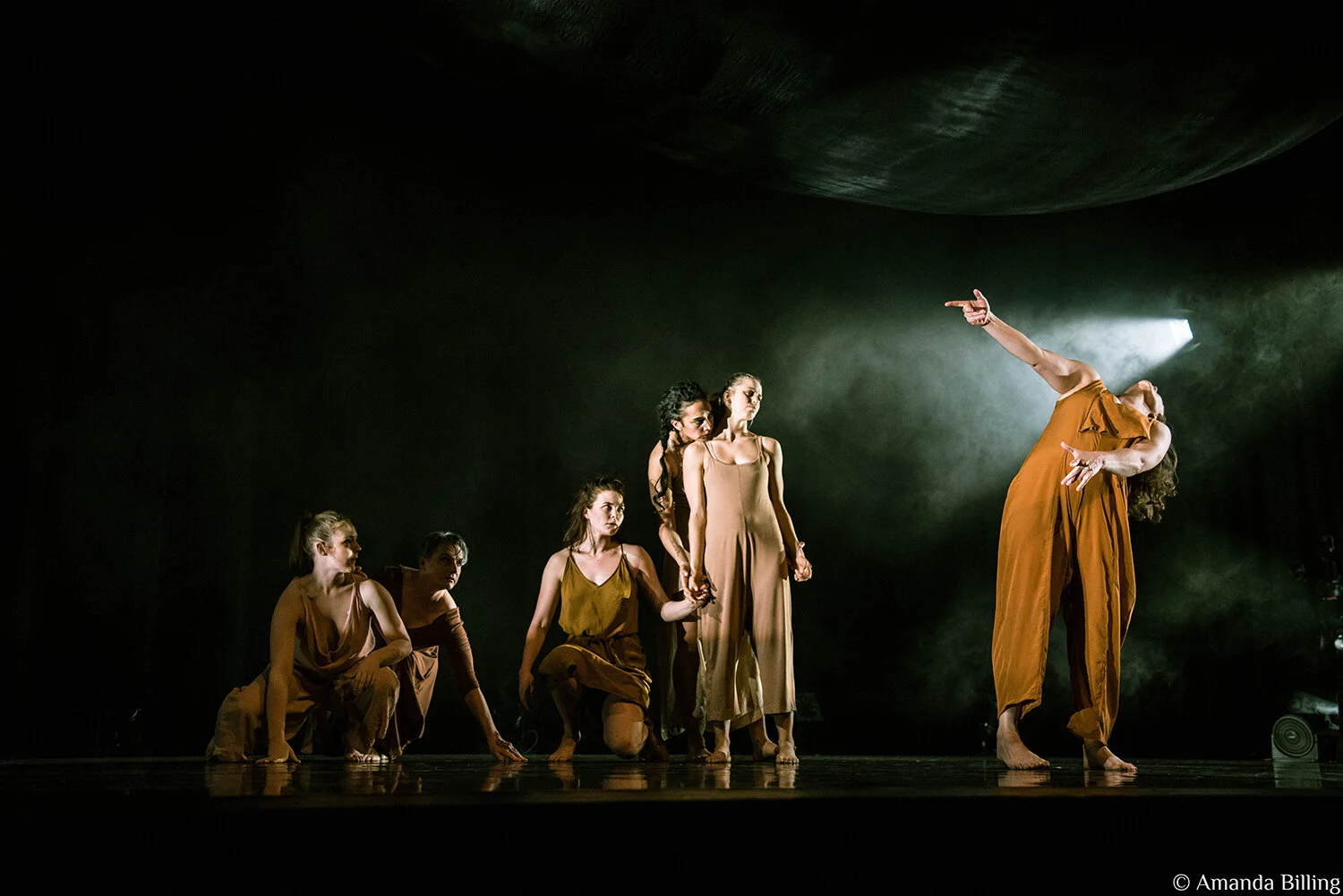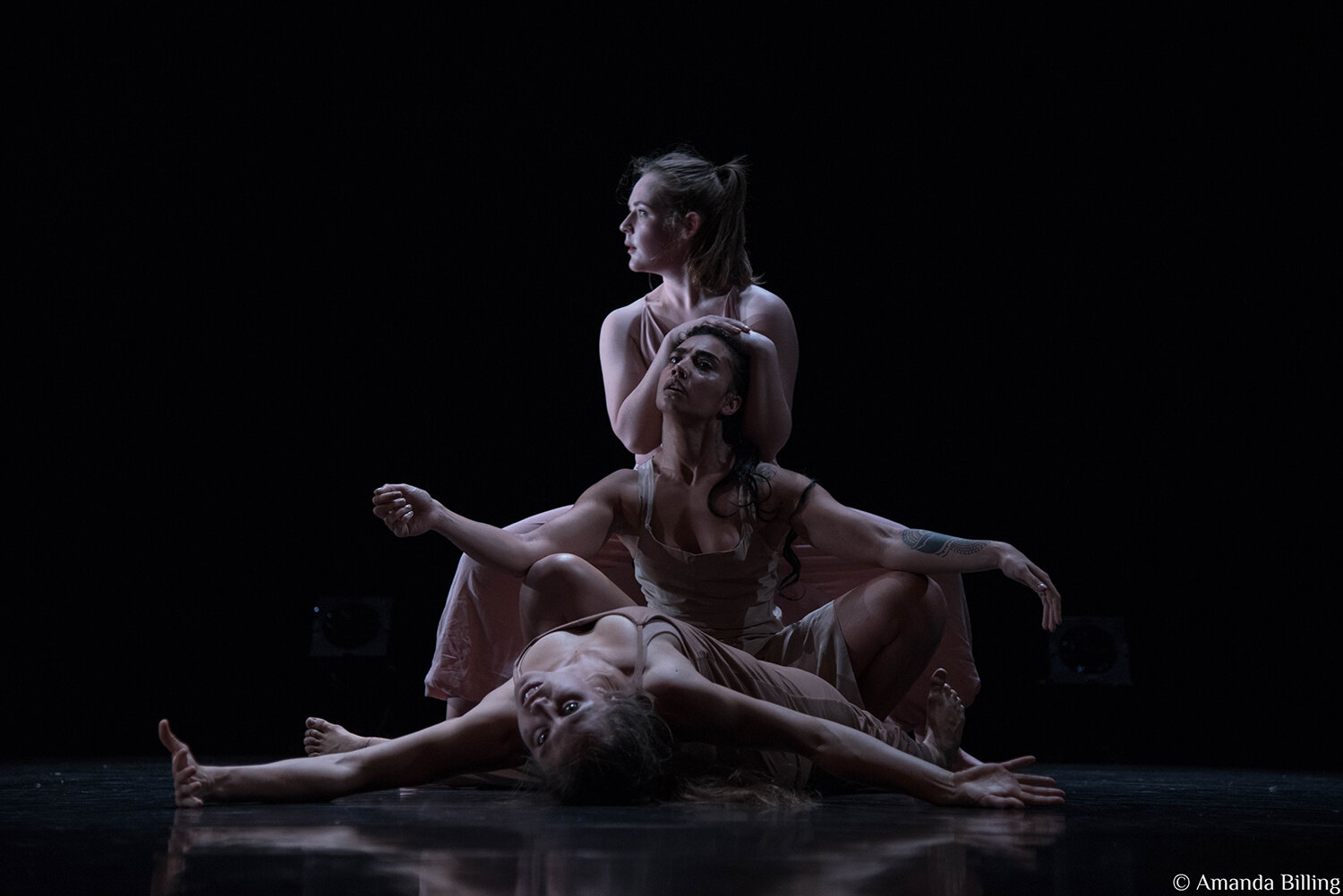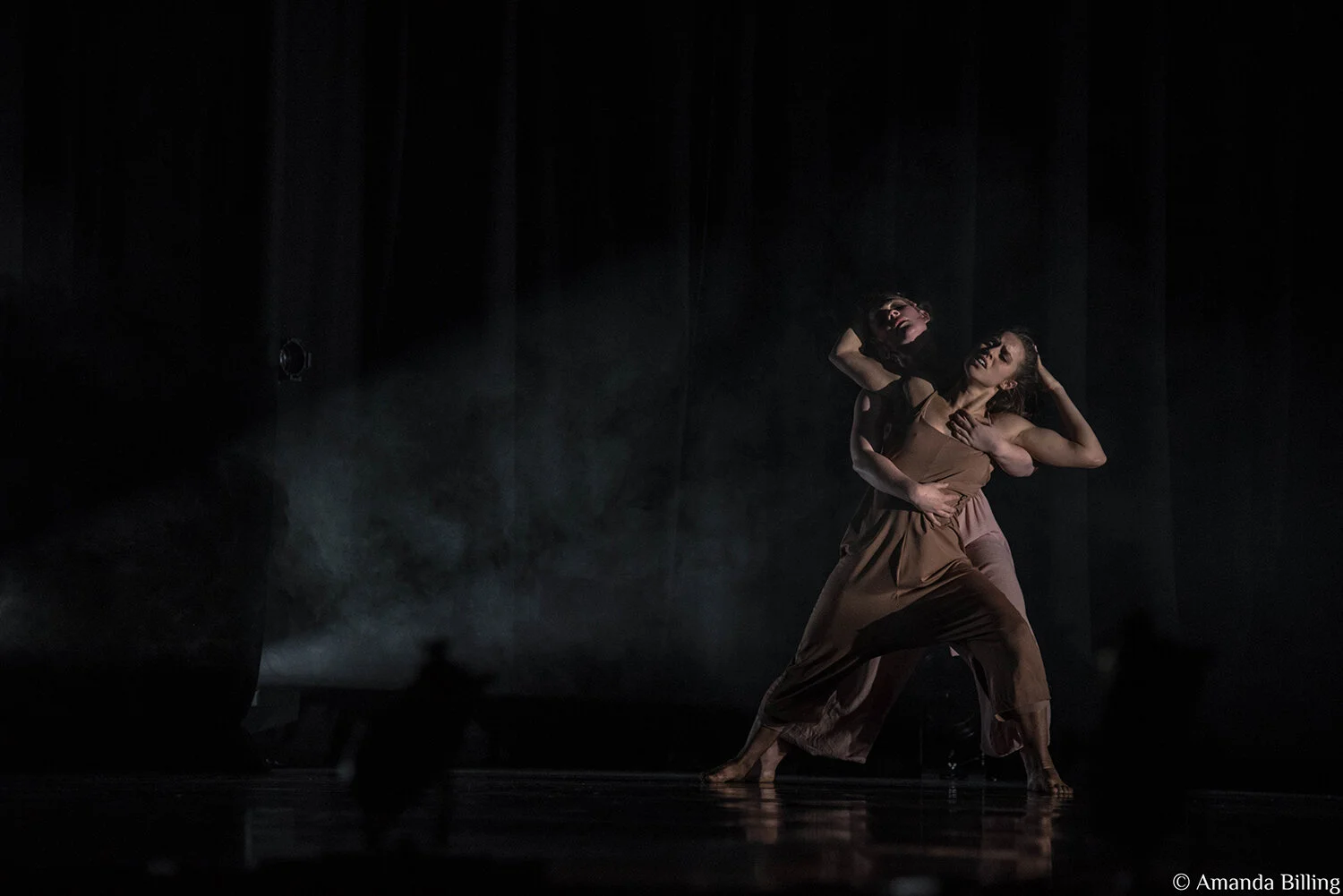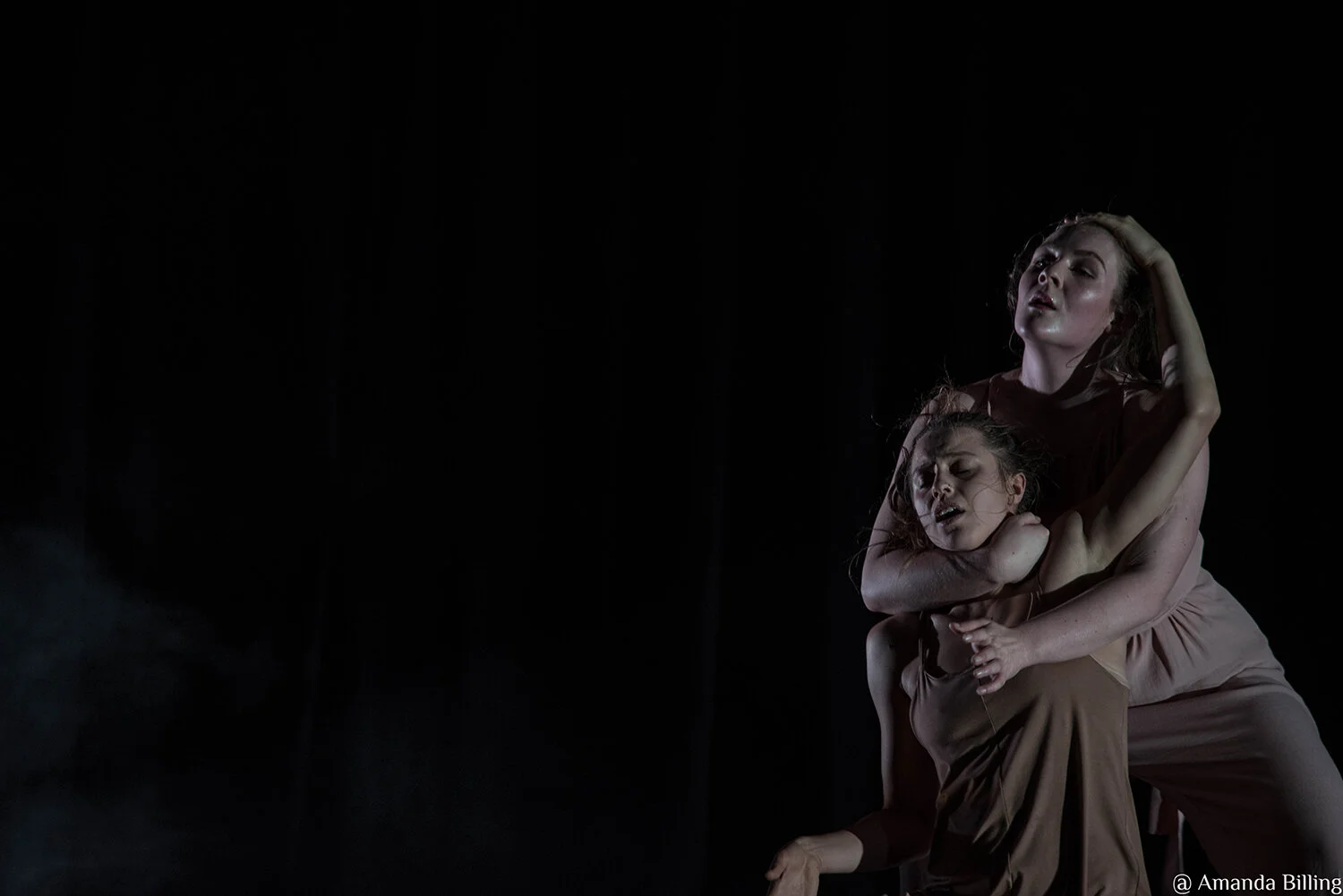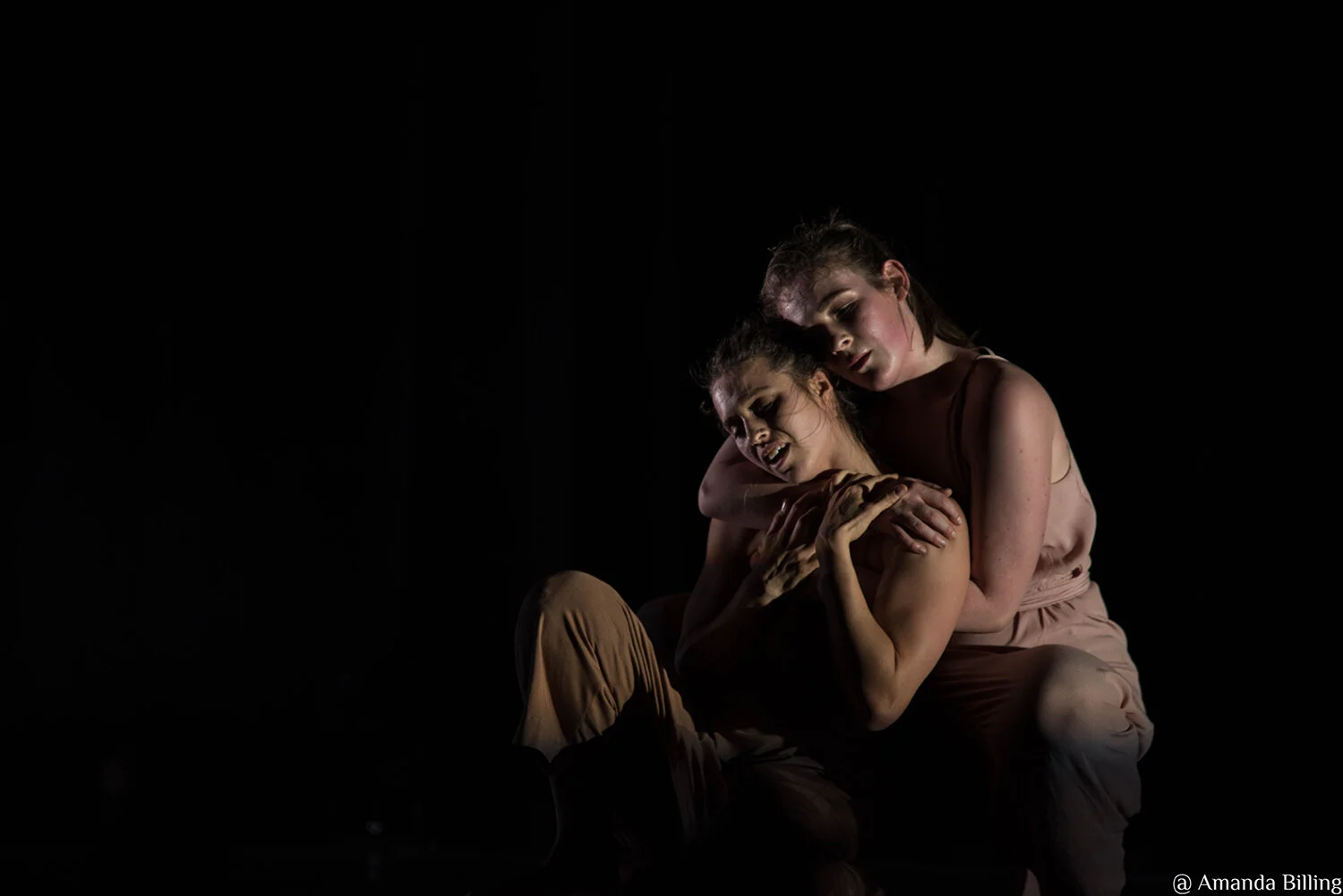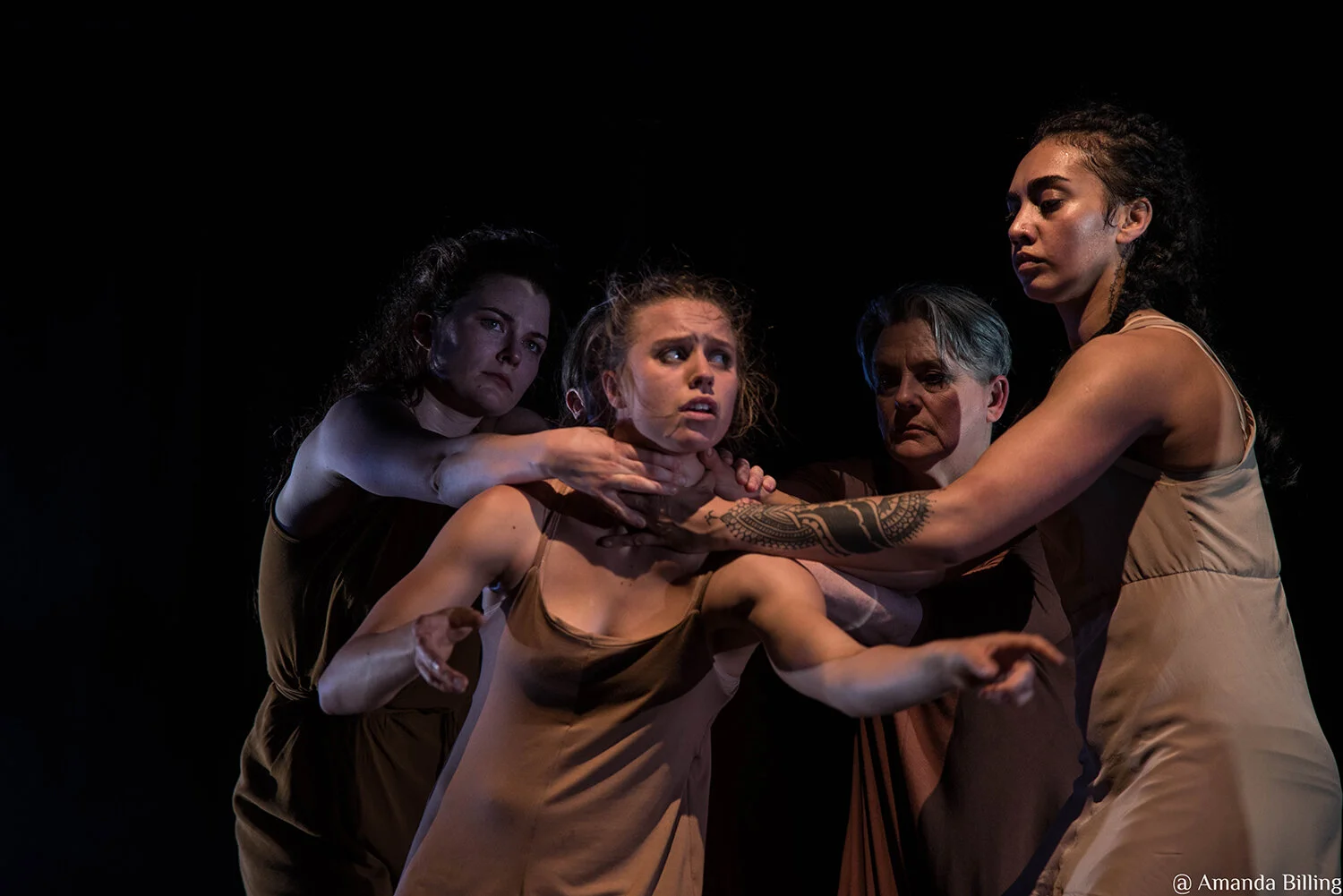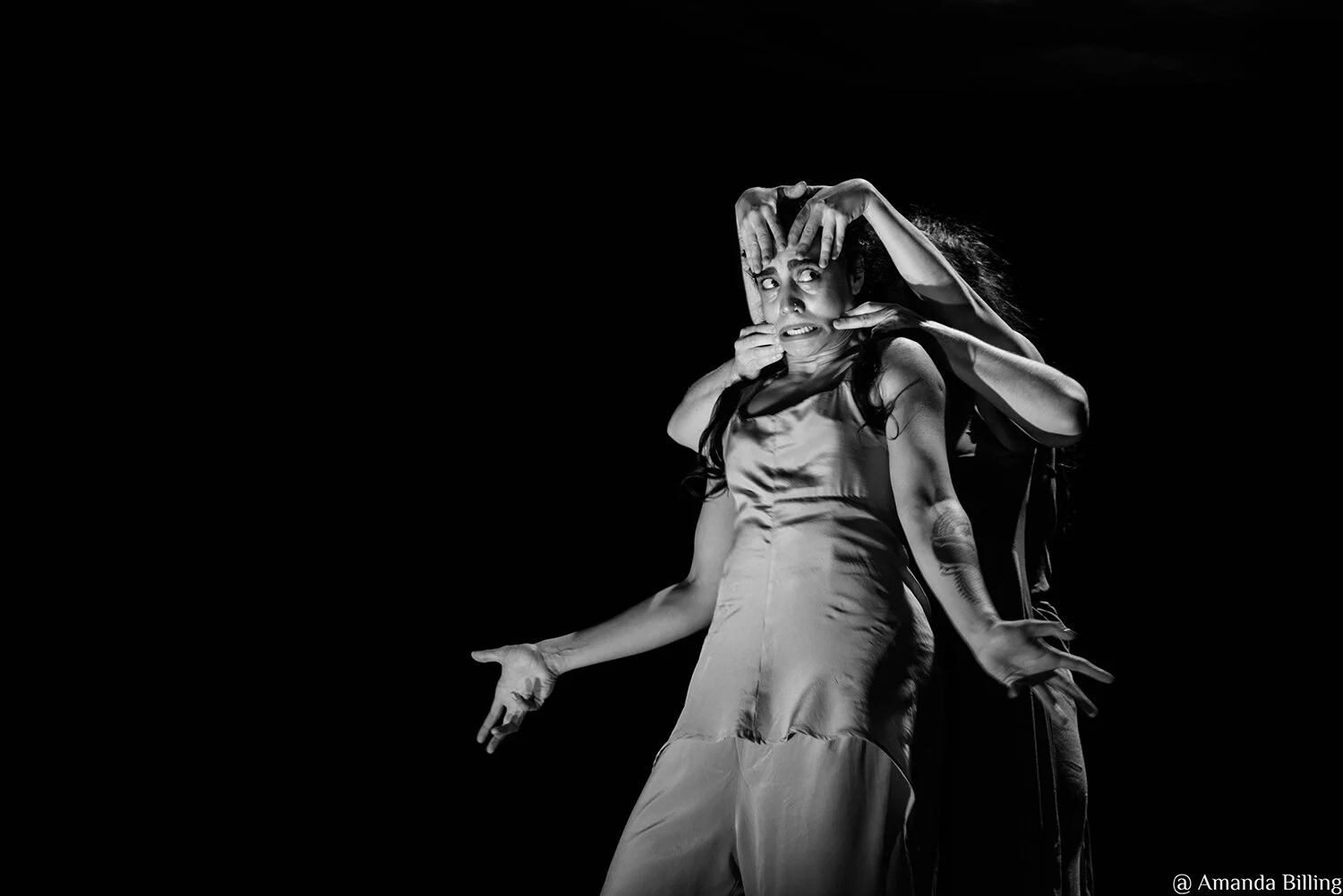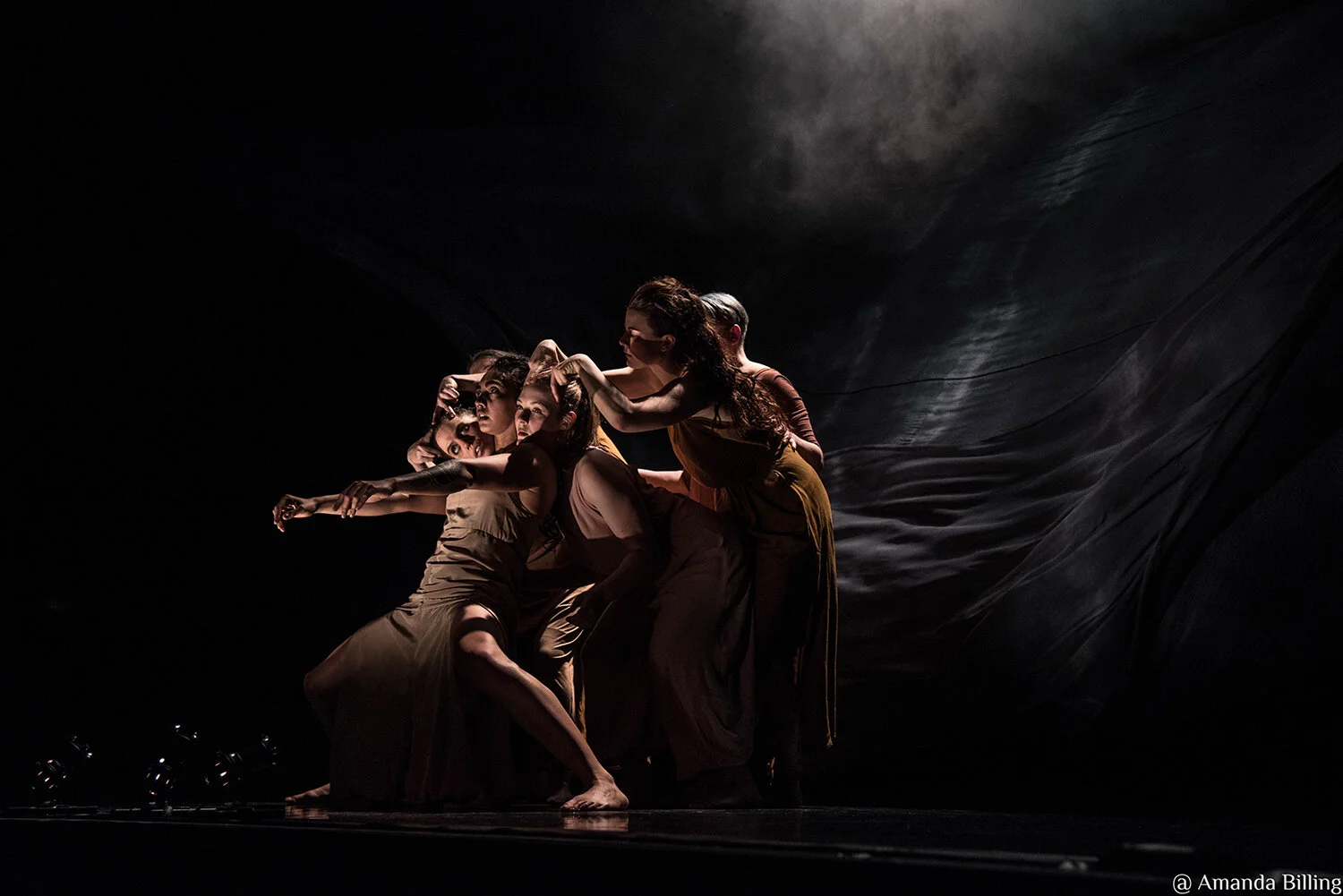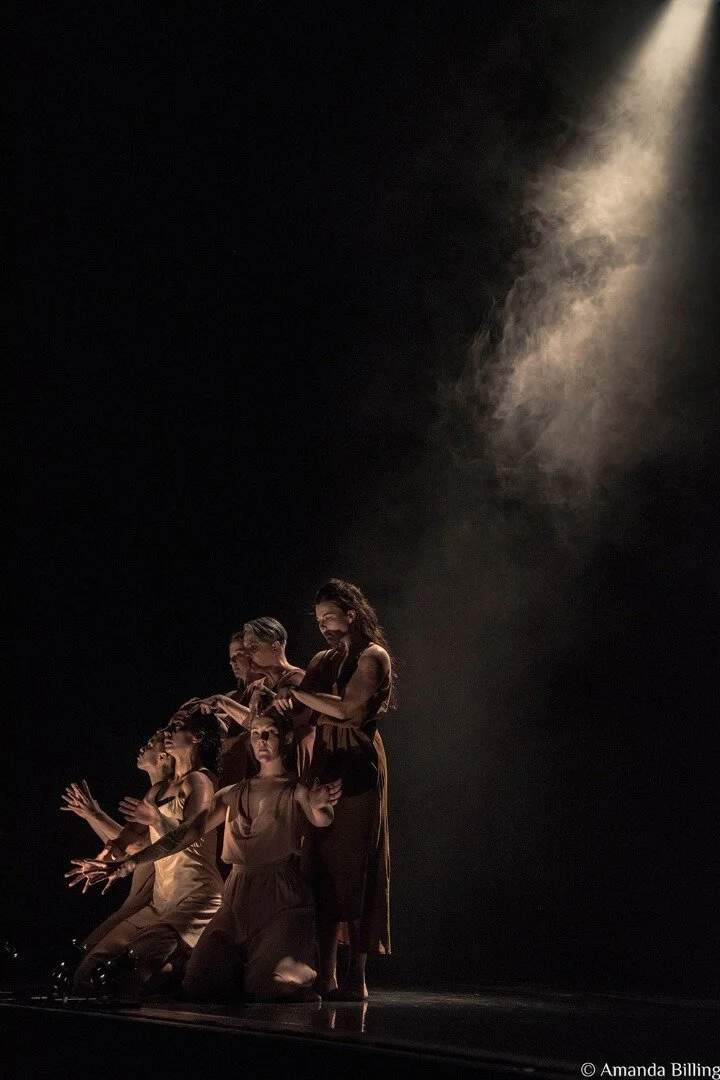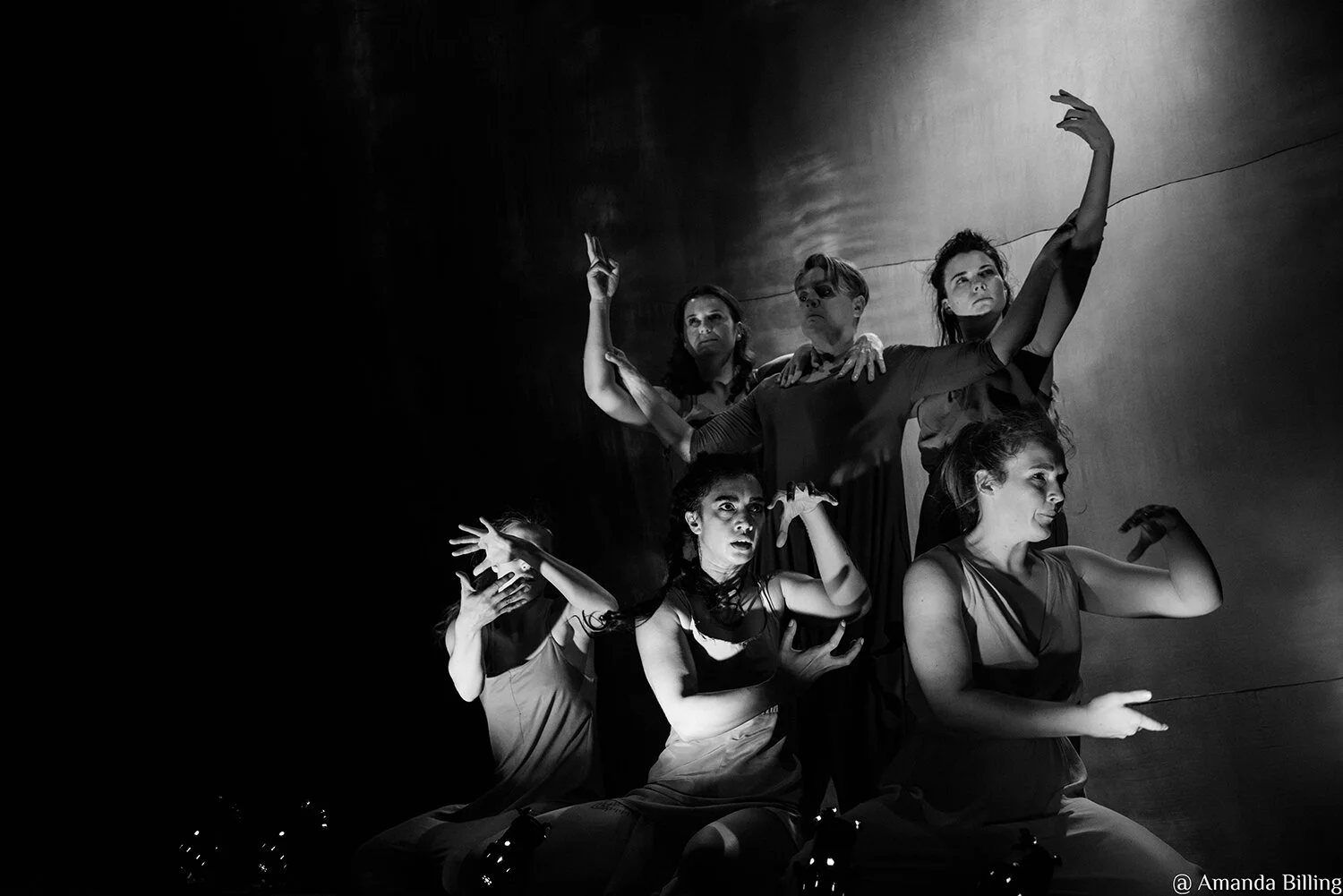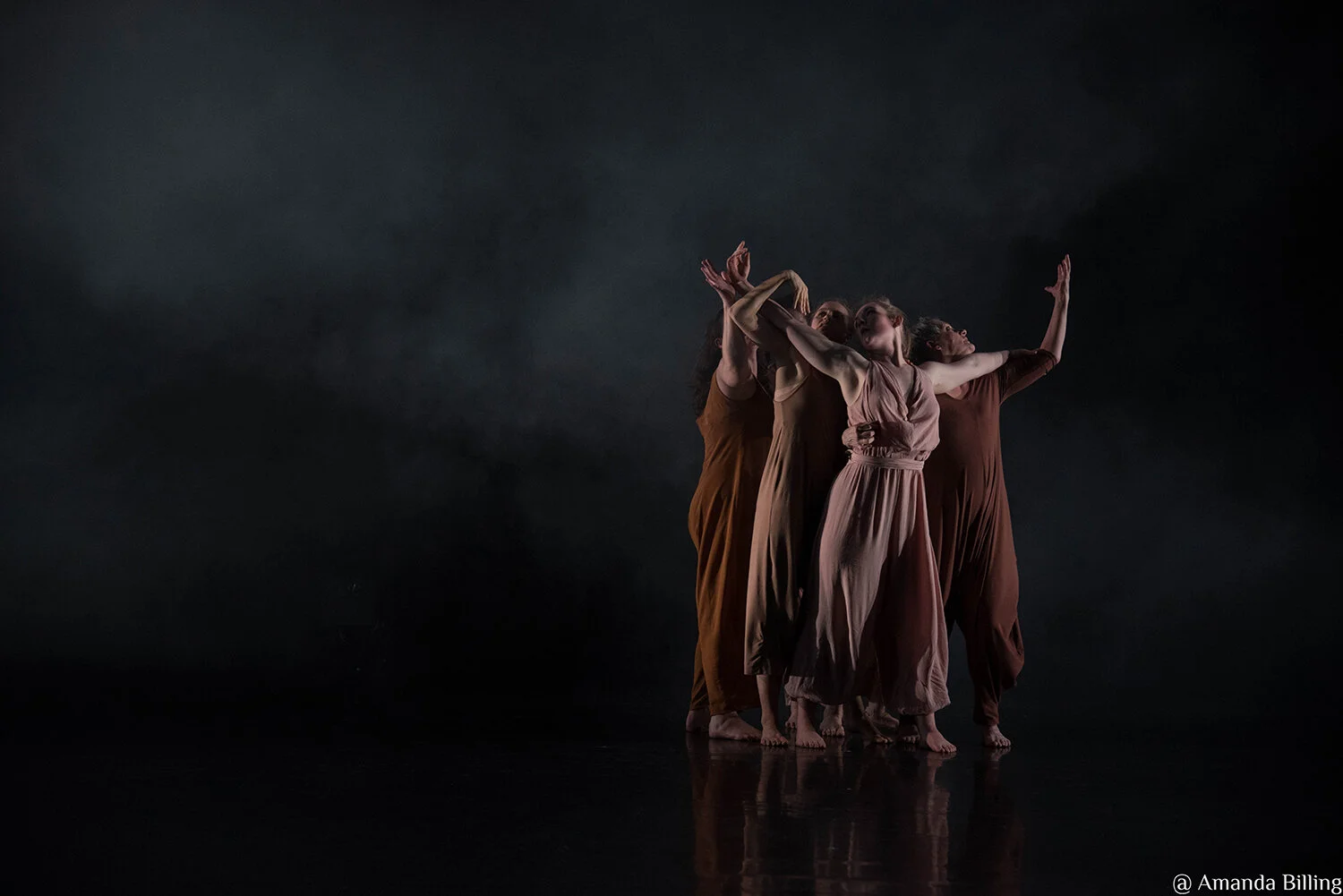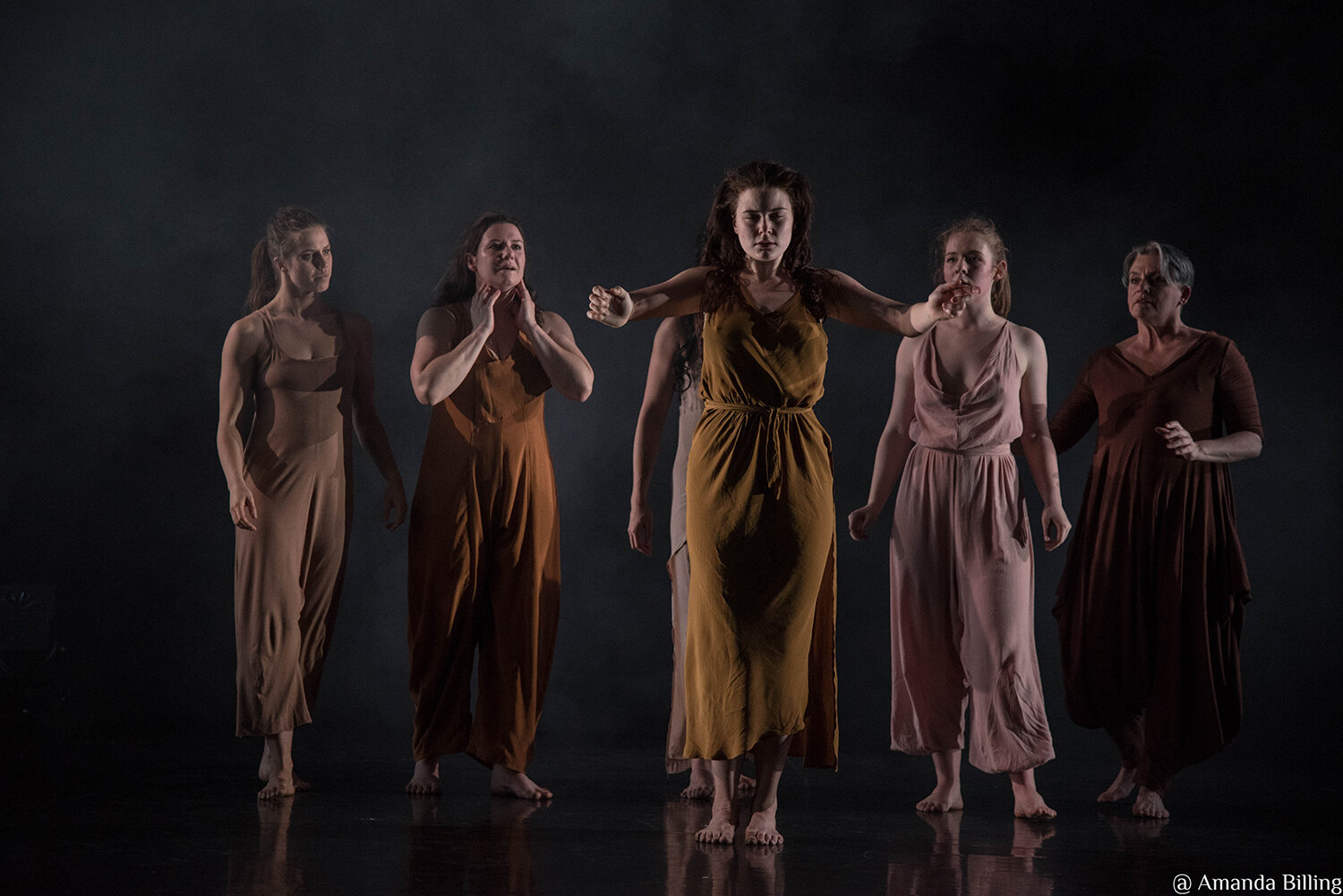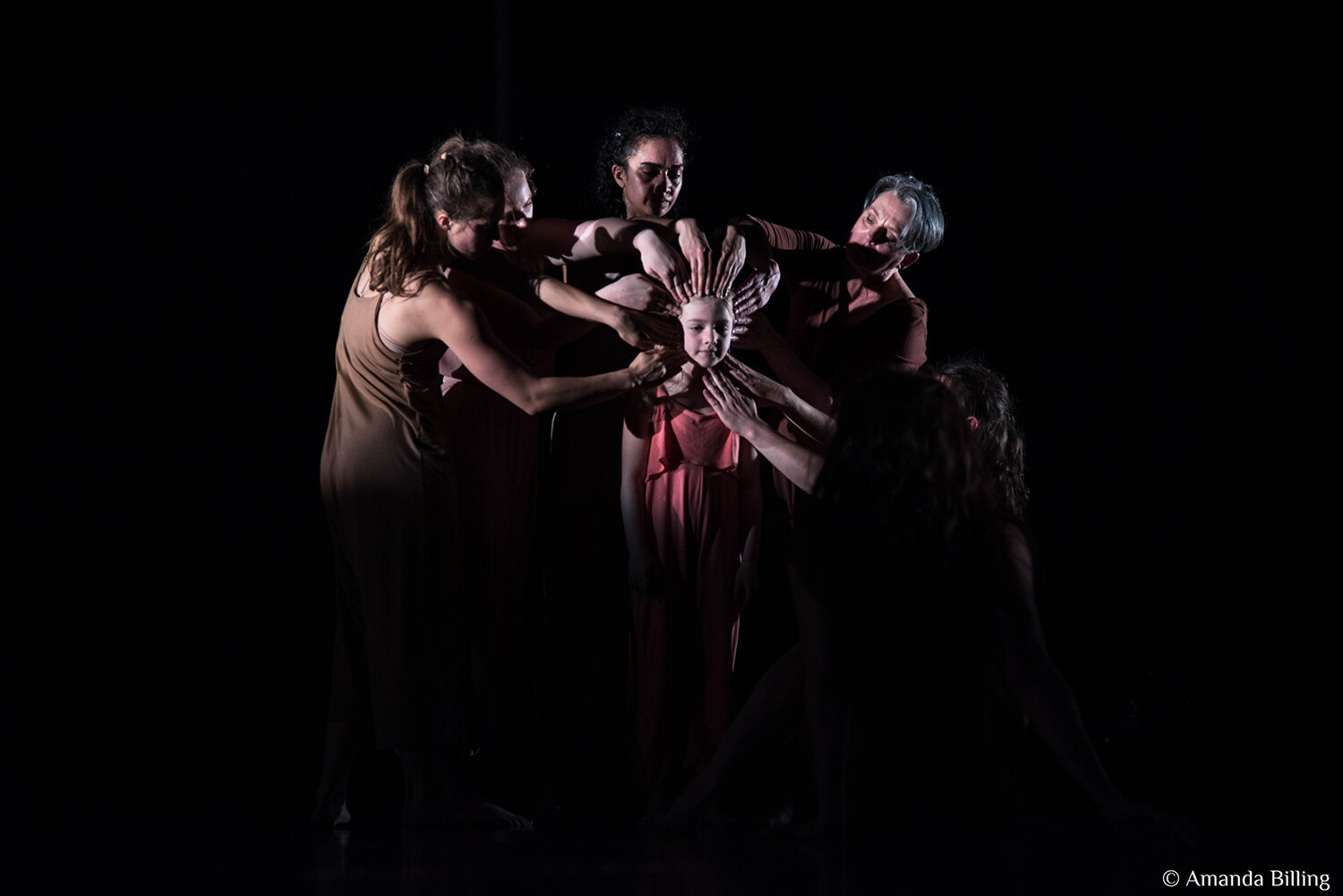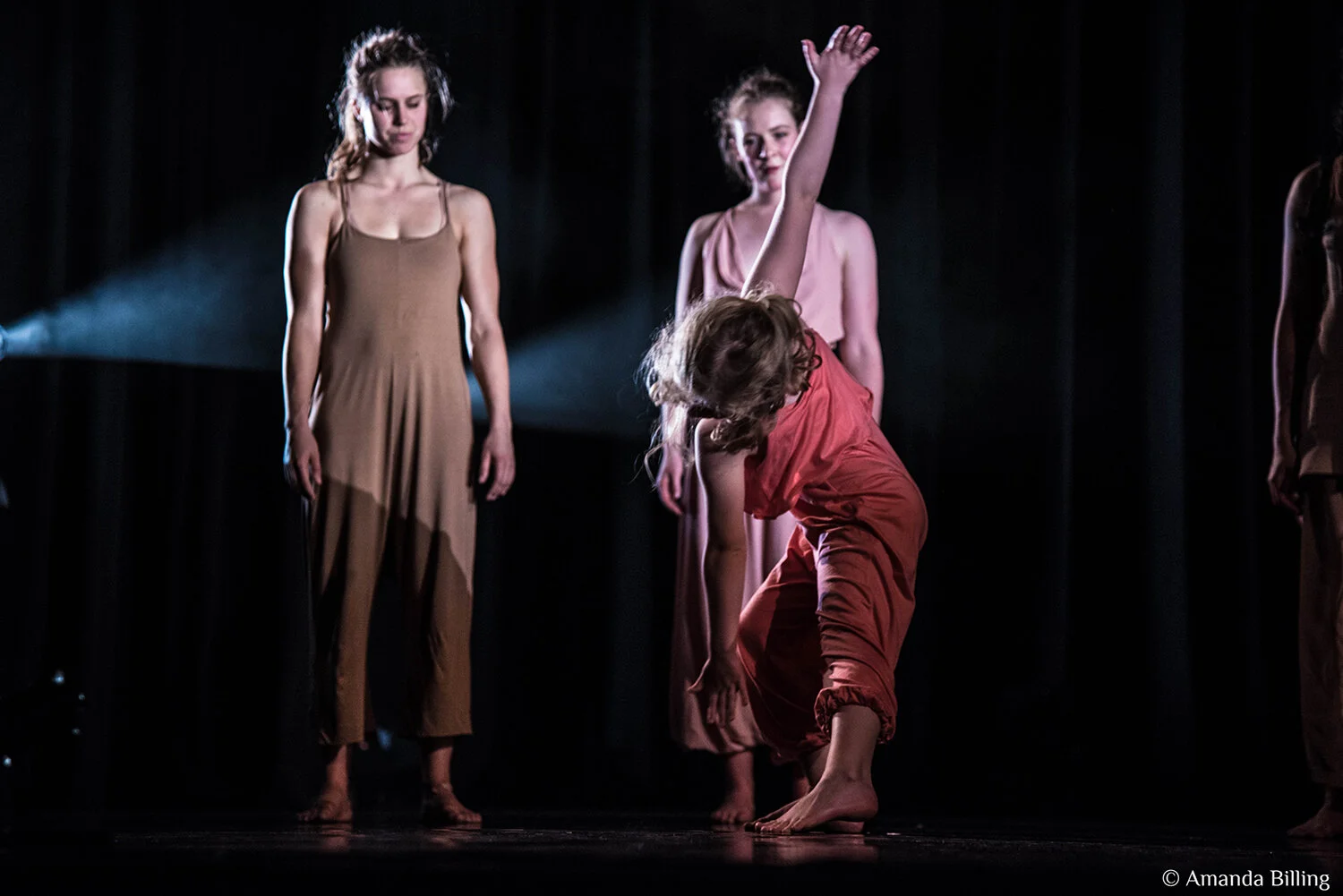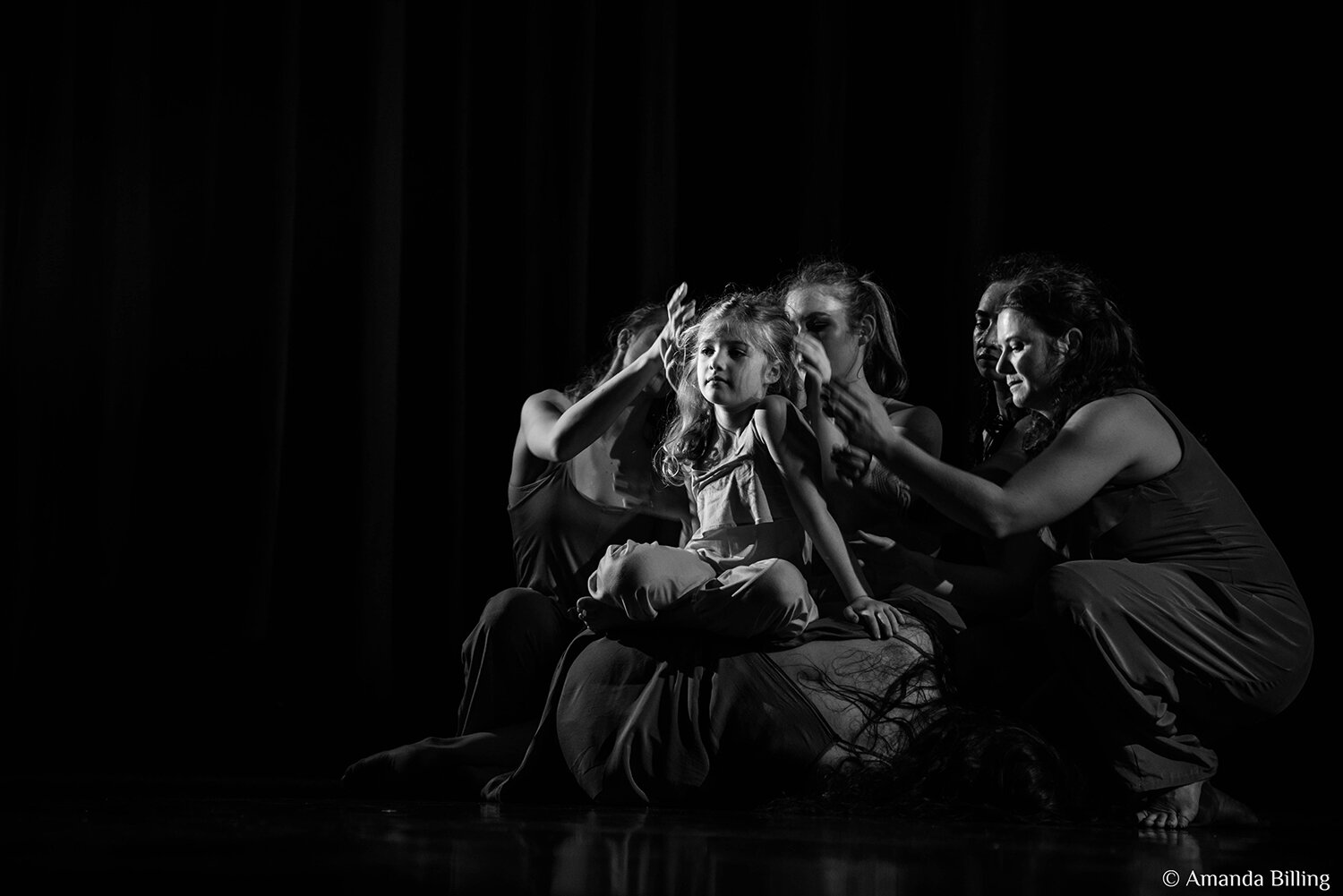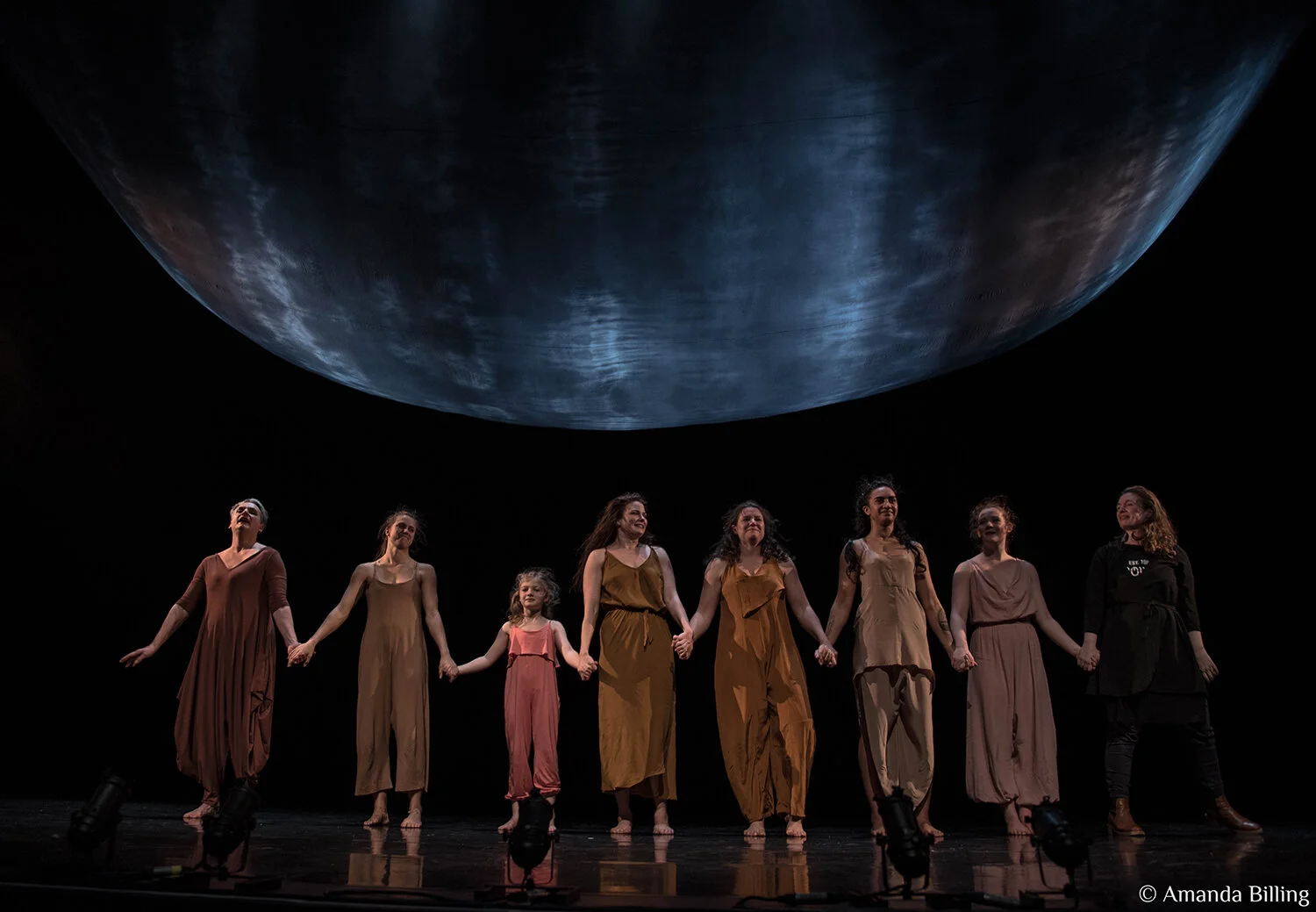
Orchids
SHOW REVIEW
AN HONEST EXAMINATION OF FEMININITY
ORCHIDS
Choreographer: Sarah Foster-Sproull
Set designer/dramaturg: Andrew Foster
Composer: Eden Mulholland
Costume design: Elizabeth Whiting
Lighting design: Jennifer Lal
at Q Theatre, Rangatira, Auckland, 12 - 13 Oct 2017, 70 mins
Reviewed by Jenny Stevenson, 13 Oct 2017
Director Sarah Foster-Sproull has assembled a superb cast of dancer/collaborators to create her long-anticipated new dance work Orchids, which premiered at Auckland’s Tempo Dance Festival last night. The work has evolved from the Company’s examinations of the concept of the “feminine divine” realised through embodying the manner in which females interact with each other and through ritualised paeans to the seven archetypal goddesses of Greek mythology.
It is perhaps the most honest examination of femininity that I have seen since Tru Paraha and Cat Ruka performed their work Hine. The truth of women’s relationships emerges: the enfolding warmth of support and nurturing versus the cut and thrust of unwarranted negativity and obstruction.
Foster-Sproull and her collaborators have engaged a vocabulary that focuses on the hands and arms as symbols of love and caring through encirclement of the body and framing of the head. But the same hands also jab and poke and the same arms constrict and constrain. It is unsettling but very real.
Each dancer has an individual story to tell and their distinct energies are what define each movement vocabulary. As an ensemble, the dancers often move and pose in plastique groupings that bring to mind the early modern-dance pioneers’ tableaux. These groups also act as framing mechanisms for the body and head of the soloists, creating intricate shapes and detailed images that are constantly evolving through the placement of the hands and the folding and unfolding of the fingers. The focus that this brings to each of the soloists is quite unnerving as the groups seek to envelop the single being into the communal fold sometimes in a caring manner but at other times employing a peremptory disregard for the individual.
The idiosyncratic, energy-based characterisations are clear-cut. Marianne Schultz exudes a grounded energy with an open and lifted upper-body that reinforces her bearing as an authority figure, perhaps a priestess. Rose Philpott as the main protagonist is beauty personified - soft, pliant and sensuous. Joanne Hobern creates a manic, fast-moving and highly individualised vocabulary as a break-away figure while Jahra Rager Wasasala enacts sharply focussed rituals of portent. Katie Burton’s joie-de-vivre is her driving force and Tori Manley-Tapu’s lightness of being gives her an aura of mysticism. As a symbol of awakening and innocence little Ivy Foster is a force of nature that moves many of the audience to tears.
Downstage dead-centre seems to be the truth spot where many of the women enact their stories. It is established as a place of power enhanced by Jennifer Lal’s glorious lighting design which often throws the central character into sharp relief or else works some magic to create a sensory, shimmering alternative world.
Andrew Foster’s genius set-design is a constant presence that invokes the orchid flower through the use of diaphanous material. At first it describes a softly curving womb-like petal in the opening sequence in which a mother (Marianne Schultz) and her daughter (Tori Manley-Tapu) are placed as they interact. It is then raised up in the form of a globular structure that floats overhead as a symbol of the metaphysical world but also resembles the curved lip of the orchid flower. It finally floats free as a back-drop to the moments of birth and affirmation that conclude the work.
Eden Mulholland’s music is also a defining force in the work, moulding itself to the choreographic intent as an intrinsic aural statement in its own right. Elizabeth Whiting’s delicate, draped costumes in colours ranging from the palest pink through to deep fuschia soften the contours of the bodies as they move through space.
The opening night audience gave an ecstatic standing ovation to Orchids. It has been a work three years in the making and the fine crafting is much in evidence.

